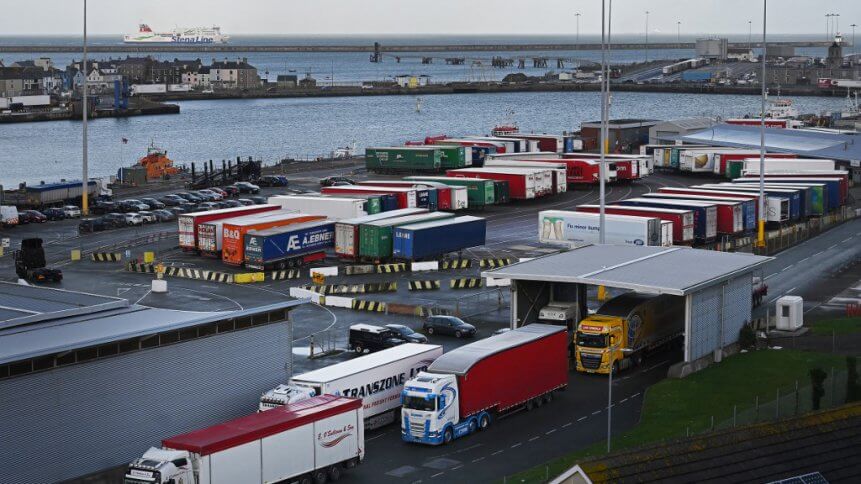
The rapid rise of the e-commerce movement has been somewhat eclipsed by the equally rapid onset of the COVID-19 pandemic worldwide. The health crisis has fueled online selling at the expense of brick-and-mortar sales like never before – but the surge has also shone a spotlight on the management of the transport that delivers these parcels, and the supply chain headaches that accompany completing last-mile deliveries in an era of social distancing.
With such a competitive retail marketplace in the US, for instance, suppliers are having to turn to more and more regional deliverers to supplement the big three over there, namely the US Postal Service, UPS, and FedEx. Both FedEx and UPS have discontinued service refunds as they gain more and more B2C customers compared to the B2B fulfillment that took up a lot of previous delivery routes, and Logistics Management reports that both private delivery services intend to hire as many as 70,000-100,000 workers each to help complete distribution during this year’s seasonal spike.
Going with non-traditional fulfillment arms can add new layers of complexity to already challenging deliveries, as they pass through many relay points along the way to the doorstep, such as fulfillment centers, distribution zones, sorting centers, and intermediaries.
Thankfully, transportation management systems are being developed to address these central issues, such as real-time parcel tracking and a digitized data trail, adding a greater degree of visibility to the e-commerce supply chain than used to be there.
If implemented correctly, transport management platforms could help to shave off delivery costs for the consumer, as the distribution routes get optimized based on up-to-date data. And this could apply evenly, whether the customer is expecting next-day delivery from Amazon, or on-time/in-full shipments from Walmart.
According to a transport management software developer in the US, Amazon has changed the way e-commerce logistics is carried out. Globally, there are 3 million sellers on Amazon out of 7.1 million total online retailers, according to Gartner, and Amazon is kitting out its own logistics fleet to deal with its fulfillment.
The key to a well-working transport management system is the visibility, which is built by collecting data at every step along the supply chain route, often using a combination of electronic logging sensors on delivery trucks, IoT trackers on the pallets, and a digitized paper trail tracking the bills of service, itemized lists, invoices, and other documentation.
Relying on digitized data and real-time tracking methods allows for transport management platforms to be deployed in ways that were not possible before, such as building white-labeled APIs for smaller regional carriers, or consolidating deliveries to a centralized distribution hub from different shippers.
YOU MIGHT LIKE

5G’s influence on the future of autonomous transport
Also, adopting a cloud-based transport management system instead of one stored centrally on a distributor’s premises would be beneficial, as a cloud system could pull troves of data from all manner of sources, including logging detectors and scanners, and analyze all that data in real-time while still being relatively secure, with lesser fears of the data being corrupted or lost in some fashion.
Hence not only is the tracing and visibility much improved with these management softwares, but also communications concerning different links of the e-commerce fulfillment chain can be better enabled: examples include powering instant connections between logging sensors and APIs, supporting improved communication, automation, and other advances throughout the sector. Industry observers believe that transportation companies that do no support these flexible features will become obsolete.









